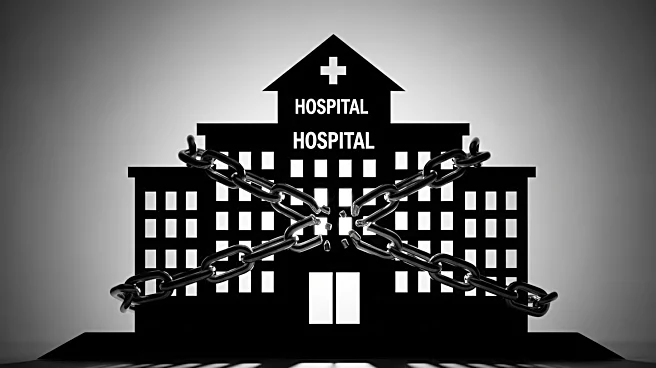What is the story about?
What's Happening?
The No Surprises Act, designed to protect patients from unexpected out-of-network charges, has led to significant costs in managing disputes. The independent dispute resolution (IDR) process, which uses baseball-style arbitration, has incurred $5 billion in costs between 2022 and 2024. This includes $2.24 billion in additional payments from plans to providers, $1.9 billion in internal costs for payers and providers, and $656 million in IDR entity fees. The high volume of disputes, with over 3 million filed by mid-2025, has resulted in delays and increased spending, which may lead to higher overall health costs and consumer premiums.
Why It's Important?
The financial burden of the IDR process under the No Surprises Act highlights the challenges in controlling healthcare costs. The significant administrative expenses and increased payments to providers could lead to higher premiums for consumers, affecting affordability and access to healthcare. The concentration of disputes among a few providers, such as Radiology Partners and TeamHealth, suggests potential inefficiencies in the system. The ongoing costs and delays in dispute resolution may prompt policymakers to consider adjustments to reduce the use of IDR and manage award sizes.
What's Next?
The study suggests that steps may be needed to reduce the use of IDR and the size of awards. Policymakers and stakeholders might explore policy levers to streamline the dispute resolution process and address the concentration of disputes among certain providers. The ongoing evaluation of the IDR system's impact on healthcare costs could lead to legislative or regulatory changes aimed at improving efficiency and reducing financial burdens on consumers.
AI Generated Content
Do you find this article useful?












